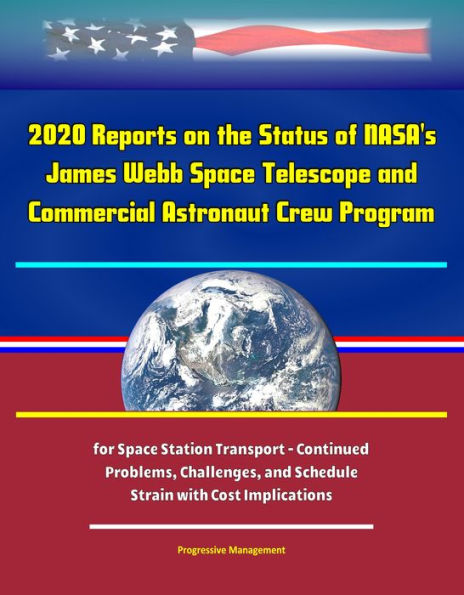5
1

2020 Reports on the Status of NASA's James Webb Space Telescope and Commercial Astronaut Crew Program for Space Station Transport: Continued Problems, Challenges, and Schedule Strain with Cost Implications

2020 Reports on the Status of NASA's James Webb Space Telescope and Commercial Astronaut Crew Program for Space Station Transport: Continued Problems, Challenges, and Schedule Strain with Cost Implications
4.99
In Stock

Product Details
| BN ID: | 2940163456390 |
|---|---|
| Publisher: | Progressive Management |
| Publication date: | 01/29/2020 |
| Sold by: | Smashwords |
| Format: | eBook |
| File size: | 4 MB |
About the Author
From the B&N Reads Blog
